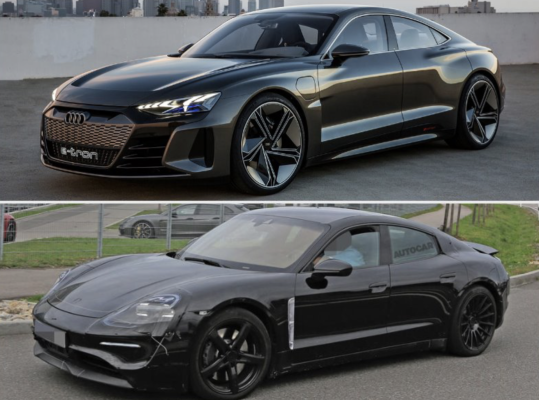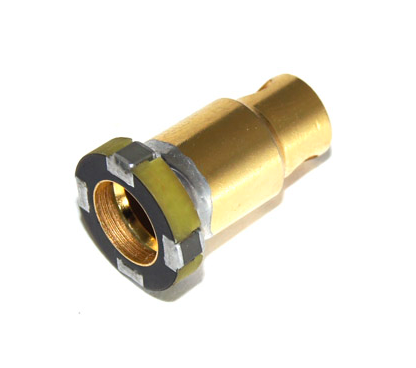AFAIK Nissan ICEs have a pretty good reputation for reliability? I recently posted an Edd China video about the work required to fix a Leaf EV battery that had died after just 21k miles. Turned out to be a failed 'contactor' (essentially a relay) buried deep inside the pack, rather than anything to do with the cells. Anyway there was an update today - he'd pulled another failed one apart and found that (as expected) the contacts had welded together, causing a short. There's some discussion about whether the contactor is actually rated for the current it's potentially exposed here but something was clearly wrong as it had failed (and apparently this is relatively common). Seems crazy to have to remove and disassemble the entire battery pack to get at this cheap moving part. Skip to 4:14 if you're interested:
I know two people who had Nissan Qashqais that needed new engines at pretty low mileages and not that old either (but out of warranty). And I don’t think I know many people with Nissans in all honesty!


 Nobody got hurt, which was the main thing.
Nobody got hurt, which was the main thing.


